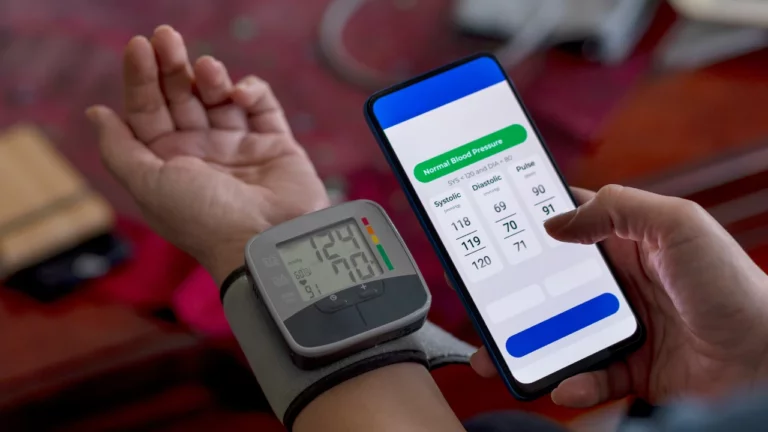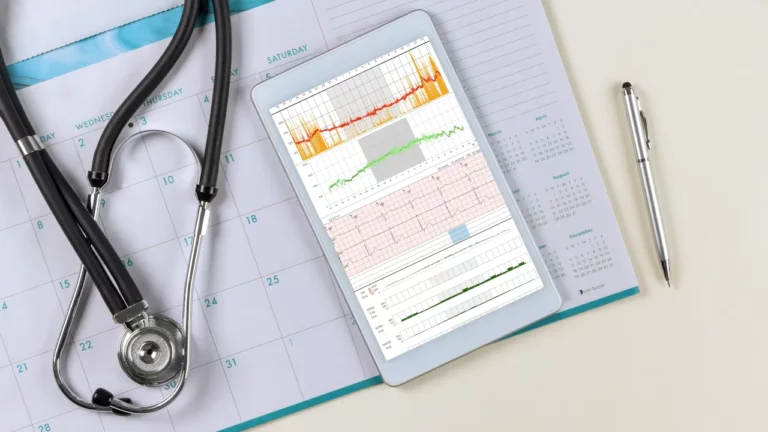Digital health has rapidly expanded, offering a wide range of platforms, apps, and devices. For many U.S. healthcare providers, the challenge lies not in access to technology, but in identifying which solutions truly support clinical care and practice efficiency. The truth is that a successful, modern practice doesn’t need every emerging technology. It requires a strategic, streamlined technology stack that solves clinical and operational challenges.
This guide highlights five essential categories of digital health solutions that have consistently shown value in building efficient, patient-centered practices. By focusing on these core pillars, you can build a strong, flexible, and profitable foundation for your practice’s future.
Electronic Health Records (EHR) as Your Digital Core
The electronic health record (EHR) is a central system in medical practice. It documents patient encounters and supports functions such as clinical workflows, billing, and regulatory reporting. In most U.S. healthcare settings, EHR use is required under federal programs, and the system also serves as the base for additional digital health devices, including telehealth and patient engagement platforms.
- Centralized, Unified Record: A certified EHR aggregates and organizes all patient data from medical history and diagnoses to lab results and medications into a single, accessible record. This reduces medical errors and ensures every care team member is consistent and up-to-date information.
- Driving Efficiency: Modern EHRs include devices such as e-prescribing, integrated billing support, and customizable encounter templates designed to streamline clinical and administrative workflows. When implemented effectively, these features can reduce documentation time and support clinician efficiency.
- Interoperability: Certified EHRs are required to support secure health information exchange, enabling providers to share patient data across systems. Interoperability is essential for coordinated care and is a core expectation of modern healthcare technology.
Remote Patient Monitoring (RPM) & Chronic Care Management (CCM) Platforms
For practices focused on chronic disease, Remote Patient Monitoring (RPM) and Chronic Care Management (CCM) solutions are no longer optional; they are a clinical and financial necessity. These platforms enable continuous care between office visits, transforming your practice from reactive to proactive.
- Proactive Clinical Intervention: RPM platforms use connected devices to stream real-time patient data (e.g., blood pressure, blood glucose, weight) to your care team. This allows you to intervene at the earliest signs of a health decline, preventing costly and dangerous hospitalizations. A self-management program for patients with chronic obstructive pulmonary disease (COPD) significantly reduced hospital admissions and emergency department visits. According to a study published in PubMed, hospital admissions decreased by 39.8%, and emergency department visits dropped by 41.0%.
- Unlocking New Revenue Streams: The right RPM and CCM software helps you capture and document the non-face-to-face time spent on patient care, allowing you to bill for services under CPT codes that would otherwise go unreimbursed.
- Enhanced Patient Engagement: These platforms give patients a direct role in their care, providing them with devices that make them feel more connected and empowered to manage their conditions. This increased engagement directly translates to improved adherence and better long-term outcomes.
A Comprehensive Telehealth Solution
Since the COVID-19 pandemic, telehealth has transitioned from an emergency measure to a widely used care delivery model across many specialties.
- Improved Patient Access and Convenience: Telehealth can improve access to care by reducing transportation barriers, mobility challenges, and time constraints. This is especially critical for patients in rural areas or those with chronic conditions requiring frequent follow-up.
- Streamlined Triage and Follow-Up: Telehealth is ideal for many use cases, from triaging minor ailments to conducting post-operative follow-up visits and mental health counseling.
- Secure and Compliant Communication: Security is the key to a good telehealth solution. It must be HIPAA-compliant and use end-to-end encryption for video, audio, and chat to protect patient privacy.
Patient Engagement Portal and Secure Messaging
The patient portal provides patients with a secure online point of access to their practice. It serves as a central platform where patients can access health information, communicate with the care team, and complete common administrative tasks.
- 24/7 Access to Information: Patients should be able to view their lab results, access visit summaries, and review their care plan whenever they want. This transparency empowers them to be more active participants in their health.
- Efficient and Secure Communication: The patient portal should include a secure messaging feature for HIPAA-compliant communication. This replaces phone tag and insecure email with a streamlined, auditable communication channel for everything from prescription questions to appointment scheduling.
- Automated Reminders and Education: A modern portal can automate appointment reminders and deliver targeted, condition-specific educational content, which can support patient engagement and adherence to recommended care.
Clinical Decision Support (CDS) Systems
Clinical Decision Support (CDS) systems deliver evidence-based recommendations at the point of care, helping clinicians make informed decisions. While often integrated into an EHR, standalone CDS devices can also provide value when effectively incorporated into existing clinical workflows.
- Reducing Medical Errors: CDS systems can flag potential drug-drug interactions, suggest appropriate lab tests based on a patient’s symptoms, and notify clinicians to gaps in preventive care, such as overdue immunizations.
- Informed, Evidence-Based Care: These systems keep clinicians up-to-date with the latest evidence-based guidelines, ensuring that care is consistent, high-quality, and aligned with best practices.
- Improving Clinical Efficiency: By providing quick access to relevant information and eliminating the need to search through cumbersome guidelines, CDS systems save clinicians valuable time and reduce cognitive load, further contributing to a more efficient and less stressful practice environment.
DrKumo: Your All-in-One Digital Health Partner
Navigating the complexities of integrating these five core solutions can be a significant challenge. This is where a strategic, all-in-one partner like DrKumo becomes invaluable, providing technology and support services that assist healthcare organizations, without delivering clinical care.
- Unified Platform, Unified Workflow: Instead of managing multiple vendors and disparate systems, DrKumo provides a unified platform that eliminates fragmented data and manual work. Its intelligent dashboard offers a centralized view of patient data, notifications, and communication, streamlining your workflow and reducing administrative burden.
- Automated Compliance and Billing: DrKumo’s platform is designed with compliance at its core. It automatically documents time and activity for RPM and CCM services, and generates a detailed audit trail to support reimbursement claims and compliance reviews.
- Powered by AI for Proactive Care: The platform’s AI-driven analytics provide proactive insights, allowing your clinical team to intervene at the earliest sign of a health decline. This level of predictive care improves patient outcomes and solidifies your practice’s position as a leader in innovative, patient-centric healthcare.
Takeaways
With so many digital health devices available, healthcare providers face the challenge of determining which technologies truly add value. Most practices do not need every new product to succeed. Instead, the focus should be on adopting a core set of solutions that measurably improve patient care, increase operational efficiency, and support financial sustainability.
This guide outlines five essential digital health solutions that support the foundation of a modern and efficient practice. By focusing on these areas, providers can develop a digital infrastructure that enhances patient-centered care, reduces operational complexity, and helps control costs.
Ready to build a digital-first practice without the hassle? Discover how a single, integrated platform can provide all five essential solutions your practice needs to succeed. Contact us today to see how we can simplify your digital health strategy and help you achieve your goals.
Disclaimer: This article is intended for informational purposes only and is not a substitute for professional business, financial, or legal advice. Healthcare providers should conduct thorough due diligence and consult with experts to determine which digital health solutions best suit their specific practice needs and goals.








